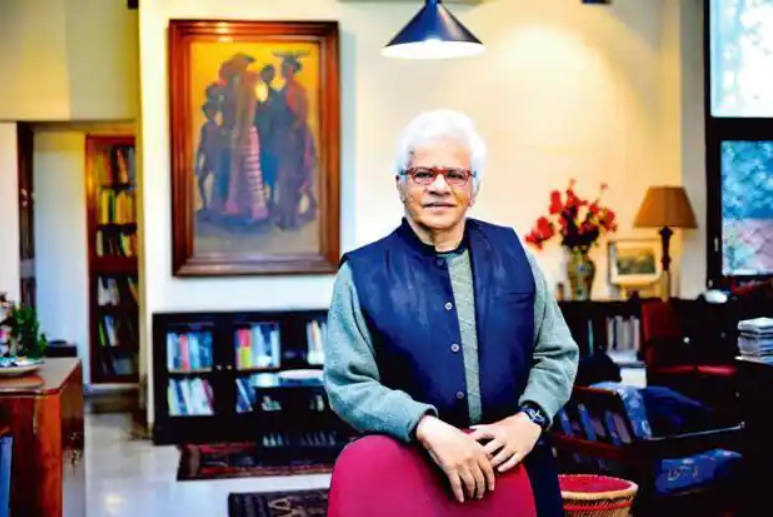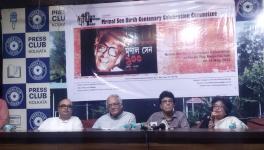Noted Artist Vivan Sundaram Passes Away at Age 79, Leaves Behind Legacy of art as Activism

Delhi: Renowned artist and cultural activist Vivan Sundaram passed away on Wednesday at 9.20 am in Delhi. His remarkable journey ended at the age of 79. He has left behind his wife, art historian and curator, Geeta Kapur.
Sundaram was part of several innovative projects and artist collectives and built a vibrant identity as an artist-activist. He used different artistic strategies towards activism, parts of which were evidently political and Left-leaning.
Born in 1943 in Shimla, Himachal Pradesh, Sundaram studied painting at the M.S. University of Baroda and then at the Slade School of Art, London, from 1966 to 1968. In London, he was active in the students’ movement of May 1968 and helped establish a commune in London, where he resided till 1970. His political thoughts continued to mingle with his artistic mind as he returned to India in 1971; he started working with artists’ and students’ organisations to hold events and protests, particularly during the Emergency years.
He was the founding member of the Kasauli Art Centre and a trustee of the Safdar Hashmi Memorial Trust (SAHMAT). Talking about his own work, Sundaram, as quoted by SAHMAT, said, “… my politicisation in the May 1968 student movement took on a specific ideological orientation by association with comrades from the CPI(M), though I have never been a member of the Party. On the art front, there was the setting up of the Kasauli Art Centre in 1976 – its informality and hospitality as well as active exchange and organized discourse. As a founding trustee of SAHMAT from 1989, I have been part of some head-on politics in the period, especially from 1990 to 2003. I have curated, on behalf of SAHMAT, many small and big exhibitions – installed and roving shows – that were exhibited across the country and that engaged with the public domain through innovative formats.”
Among his noted works are installations that he made since 1990, including sculpture, photographs and video: Memorial (1993, 2014). It is an elaborate work of art in response to the communal violence in Bombay. Sundaram also made a monumental site-specific installation at the Victoria Memorial, Calcutta, now referred to as History Project (1998). He also ventured to create an alternative museum of the history of his family, including artist Amrita Sher-Gil, which resulted in The Sher-Gil Archive (1995), and digital photomontages, Re-take of ‘Amrita’ (2001–06), based on photographs taken by Umrao Singh Sher-Gil. He was also the managing trustee, along with his sister Navina Sundaram, of the Sher-Gil Sundaram Arts Foundation (SSAF).
He also experimented with different mediums. He used garbage and found materials to make garments, and the work crossed over into fashion and performance in GAGAWAKA: Making Strange (2011) and Postmortem (2013).
Sundaram also held solo art shows across India, as well as in the UK, Europe and the USA.
He was a prolific writer. For instance, he contributed to the Journal of Arts & Ideas (1981–99) as a member of its editorial collective. He was a co-author with theatre directors Anuradha Kapur and Santanu Bose in a 2015 project on artist Ramkinkar Baij; the project is called 409 Ramkinkars. He was also the editor of a two-volume book, Amrita Sher-Gil: a self-portrait in letters & writings (2010).
Get the latest reports & analysis with people's perspective on Protests, movements & deep analytical videos, discussions of the current affairs in your Telegram app. Subscribe to NewsClick's Telegram channel & get Real-Time updates on stories, as they get published on our website.























